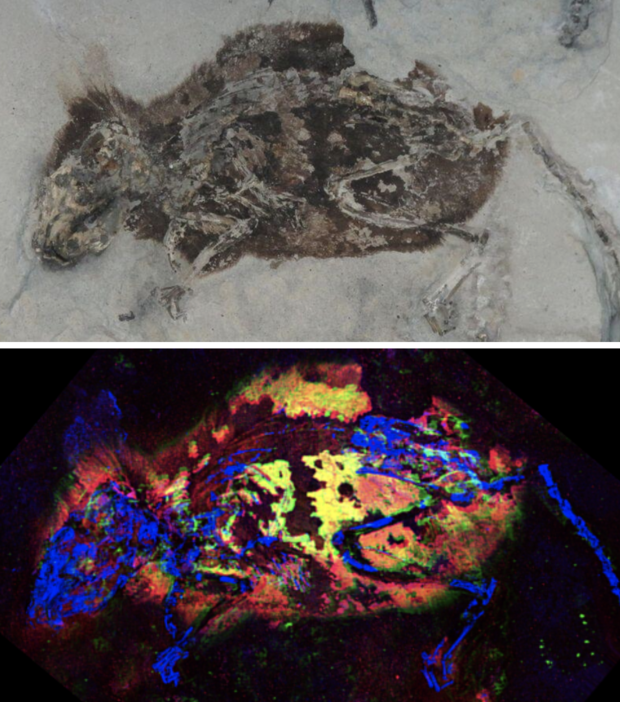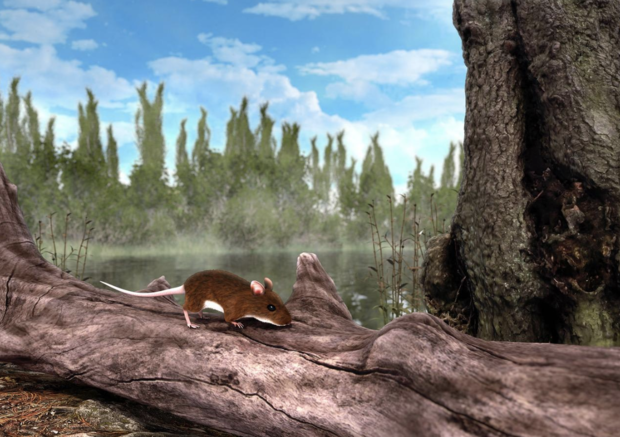3-million-year-old "Mighty Mouse" fossil had red fur, researchers determine in scientific breakthrough
Researchers studying the fossils of an extinct 3-million-year-old mouse made what they called "a major scientific breakthrough" in determining the animal's fur color. The international team, led by researchers from the University of Manchester, found chemical traces of red pigment in a fossil for the first time ever.
The researchers detected the red pigmentation in the fossils of Apodemus atavus, an extinct species related to the field mice that exist on Earth today. The team nicknamed the fossil "Mighty Mouse" both because of its impressiveness and because "the X-ray images were simply mind-boggling," Professor Roy Wogelius, co-author of the study, told CBS News via email.
Color plays an important role in evolution, researchers noted. The fossil X-rays allowed them to uncover pheomelanin, the chemical residue of the red animal pigment — something that has never been done before. The study was published Tuesday in the journal Nature Communications.
"This was a painstaking effort involving physics, palaeontology, organic chemistry and geochemistry," Wogelius said in a press release. "By working as a team, we were able for the first time to discover chemical traces of red pigment in fossil animal material."
"We understand now what to look for in the future and our hope is that these results will mean that we can become more confident in reconstructing extinct animals and thereby add another dimension to the study of evolution," Wogelius said.
The same team was able to uncover black pigment in fossils during a previous study 10 years ago. However, red pigment proved much harder to detect. The color — characteristic of animals like foxes — is less stable over geological time.
The mouse they studied, Apodemus atavus, was about 7 cm long and once ran through the fields of Germany millions of years ago, according to a press release.
After using the mouse's chemical properties to determine its fur color, scientists depicted what the critter would've looked like in a new artist mock-up.






